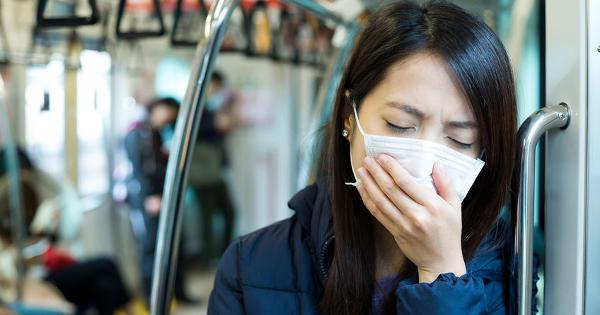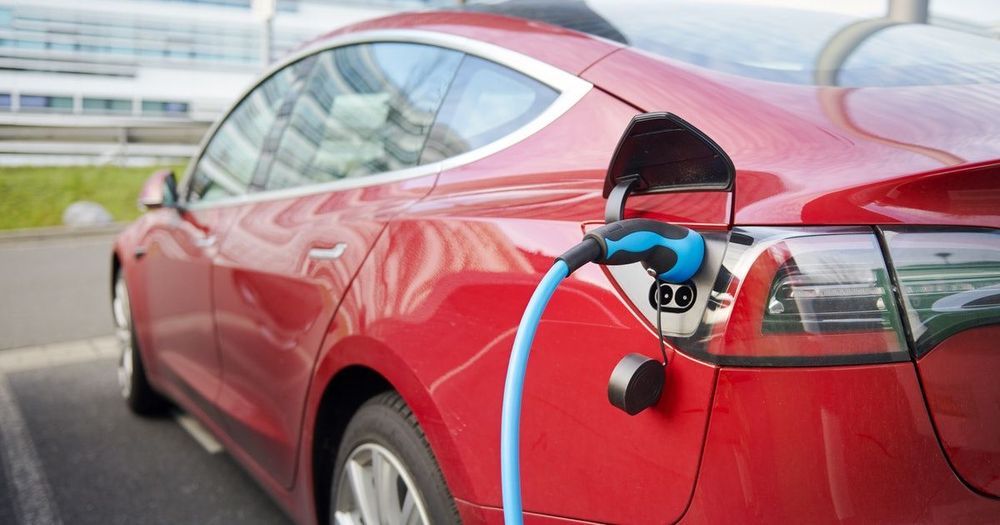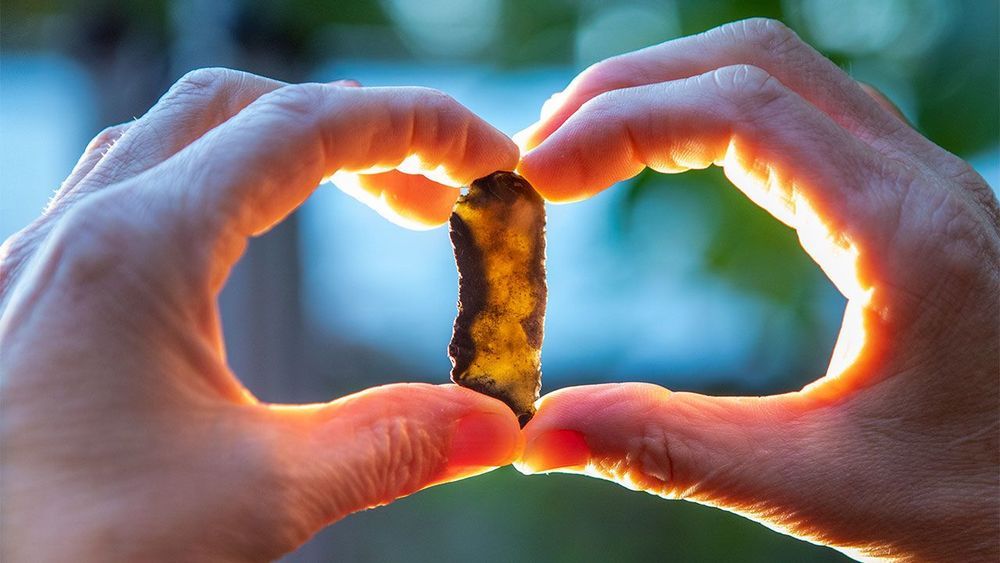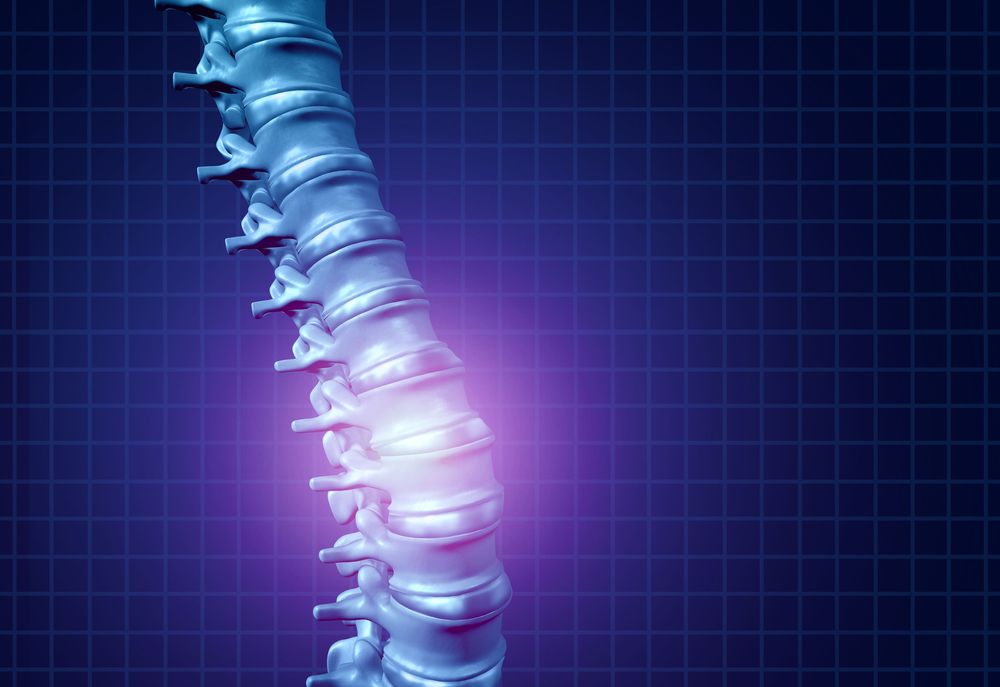Page 7235
Jan 31, 2020
GM resurrecting Hummer as an all-electric ‘super truck’ with 1,000 horsepower
Posted by Quinn Sena in categories: entertainment, military

DETROIT – General Motors is resurrecting the Hummer, best known as a gas-guzzling, military-style SUV, as an all-electric “super truck” with massive horsepower, acceleration and torque.
The Detroit automaker confirmed the plans Thursday and released three online teaser videos for the “GMC Hummer EV” pickup ahead of a 30-second Super Bowl ad for the vehicle featuring NBA star LeBron James. The spot is scheduled to air during the second quarter of Sunday’s game.
Continue reading “GM resurrecting Hummer as an all-electric ‘super truck’ with 1,000 horsepower” »
Jan 31, 2020
AI-created drug to be used on humans for first time
Posted by Quinn Sena in categories: biotech/medical, robotics/AI
A British start-up has developed a new drug much more quickly than traditional methods by using AI.
Jan 31, 2020
Russia’s Next-Gen Combat Suit is Getting Tech That’s Resistant to Nuclear Blasts
Posted by Quinn Sena in category: futurism
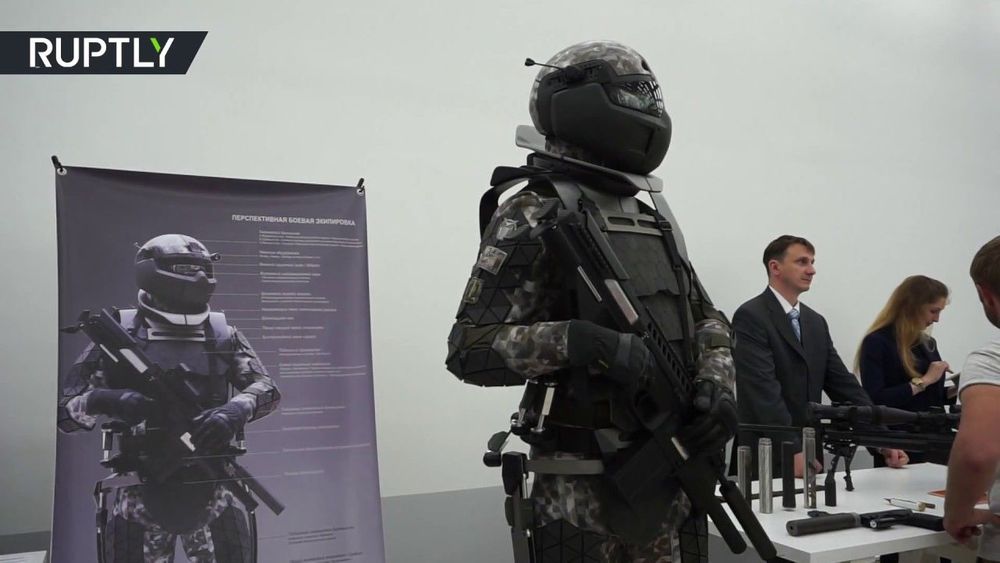
Circa 2017
The suit’s watch is resistant to nuclear blasts, has a self-winding mechanism and operates underwater.
Jan 31, 2020
Dr Rhonda Prisby: From blood to bone and the connections between cardiovascular and skeletal systems
Posted by Eithen Pasta in categories: biotech/medical, life extension
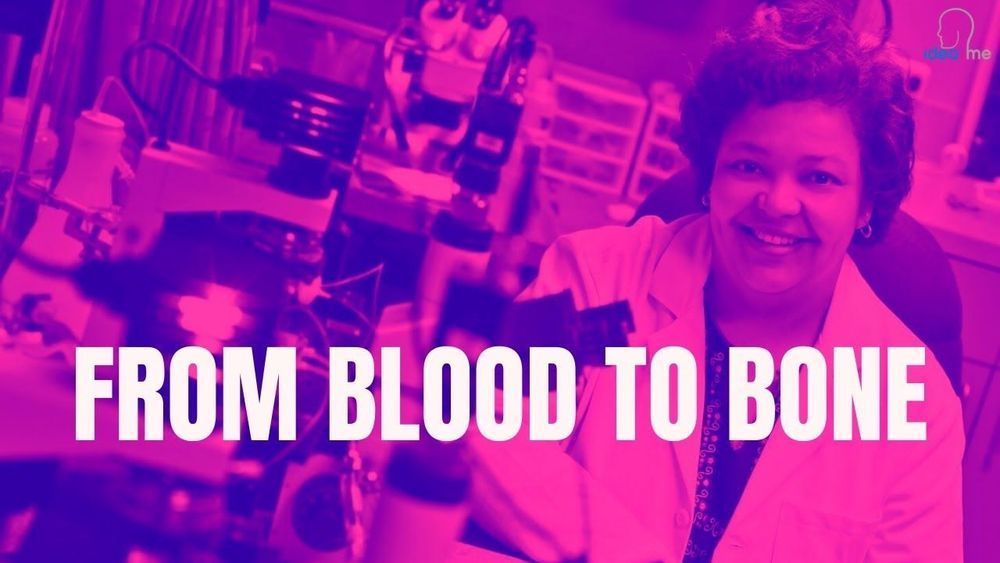
From Blood to Bone (and back)! — Dr. Rhonda Prisby, from University of Texas at Arlington, joins me on ideaXme (http://radioideaxme.com/) to discuss her fascinating research in the Bone Vascular and Micro-Circulation Laboratory, focusing on the unique interaction between vascular and skeletal systems, and novel disease states where vessels become bone-like “dead space”! — https://www.youtube.com/watch?v=PsK-pPjW020&t=1s #Ideaxme #Bone #Microcirculation #Vasculature #Ossification #Atherosclerosis #Parathyroid #Osteoblast #Osteoclast #Health #Wellness #Regeneration #Longevity #Aging #IraPastor #Bioquark #Regenerage
Ira Pastor, ideaXme exponential health ambassador, interviews Dr. Rhonda Prisby, Associate Professor in the Department of Kinesiology, at The University of Texas at Arlington.
Jan 31, 2020
Can Herbal Medicines Fight Wuhan Coronavirus?
Posted by Omuterema Akhahenda in category: biotech/medical
Research over the past two decades shows that certain herbal medicines can fight the new Wuhan coronavirus contagion. Let’s review the evidence showing that certain plant medicines can fight similar viral infections such as SARS, MERS and Ebola, and why this can also apply to the Wuhan coronavirus
Let’s review some of the current science on this coronavirus infection. Then we can discuss what plant medicines can offer.
Latest on the Wuhan coronavirus.
Jan 30, 2020
Mark Warner Takes on Big Tech and Russian Spies
Posted by Derick Lee in categories: cybercrime/malcode, energy
As the vice-chair of the Senate Intelligence Committee, he’s also become one of Capitol Hill’s most vocal advocates urging the country to take foreign technology threats seriously, both the possibility of kinetic real-world cyberattacks (such as disabling power plants or water systems) and already-underway information influence operations like the ones that upended the 2016 presidential election, as well as the looming challenges next-generation technologies pose to national security.
A former telecoms entrepreneur, the Virginia senator says that saving the industry (and democracy) might mean blowing up Big Tech as we know it.
Jan 30, 2020
Elon Musk: Tesla faces battery woes, but future will ‘blow people’s minds’
Posted by Genevieve Klien in categories: Elon Musk, robotics/AI, sustainability, transportation
So what’s Tesla to do? The answers may come in the Battery Day, a forthcoming explainer that could take place in April. The day is expected to be similar in setup to the Autonomy Day in April 2019, where Musk explained to investors the company’s progress on full self-driving capabilities.
What will they show? One of the standout features may be the company’s Maxwell Technologies acquisition. The $218 million deal, announced February 2019, brings in a firm working on exotic technologies like dry electrodes and ultracapacitors. The firm has also identified a pathway to raising battery density to 500 watt-hours per kilogram. Current batteries tend to weigh around 300 watt-hours, but a jump to 500 could enable advanced uses like an electric plane.
Musk confirmed during Wednesday’s call that Tesla is working with Maxwell, while also stating that its ultracapacitor technology is an “important piece of the puzzle.” This exotic technology could transform how energy is managed within the car, and Musk was actually planning to do his PhD at Stanford University on them before he dropped out.
Jan 30, 2020
Relics washed up on beaches reveal lost world beneath the North Sea
Posted by Genevieve Klien in category: climatology
Scientists and amateur collectors unite to reconstruct vanished ice age landscape inhabited by Neanderthals, other ancient humans.
Jan 30, 2020
Spinal injury researchers find a sweet spot for stem cell injections
Posted by Genevieve Klien in categories: biotech/medical, neuroscience
As they do in many areas of medicine, stem cells hold great potential in treating injured spinal cords, but getting them where they need to go is a delicate undertaking. Scientists at the University of California San Diego (UCSD) are now reporting a breakthrough in this area, demonstrating a new injection technique in mice they say can deliver far larger doses of stem cells and avoid some of the dangers of current approaches.
The research focuses on the use of a type of stem cell known as a neural precursor cell, which can differentiate into different types of neural cells and hold great potential in repairing damaged spines. Currently, these are directly injected into the primary cord of nerve fibers called the spinal parenchyma.
“As such, there is an inherent risk of (further) spinal tissue injury or intraparechymal bleeding,” says Martin Marsala, professor in the Department of Anesthesiology at UCSD School of Medicine.


